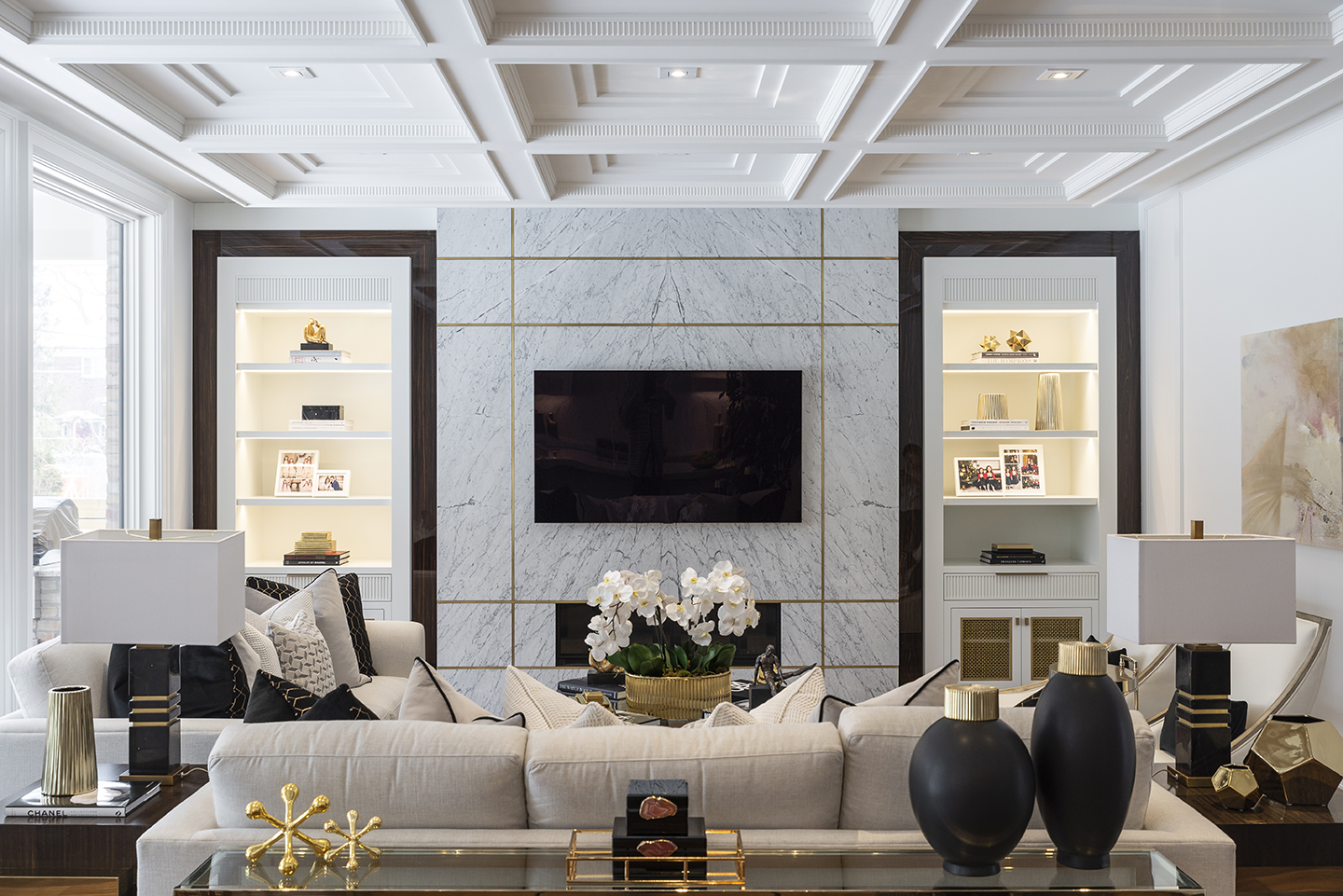Residential Home Design: The next 10 years

2019
There are inherent qualities about good design and architecture that people will always be drawn to. These qualities include natural light, ease of flow from space to space, a more personalized space that allows for human interaction, connection to natural materials and the objects we interact with, access to the outdoors, and a space that brings the feeling of safety and protection.
There are some big impacts on residential home design. Some are already in place and will continue to develop, while others are still in the early stages of adoption.
Economic and Demographic Influences
Universal design is becoming more important as homeowners are aging. Demographic influences are driving change in the home to allow for a more flexible design that is aesthetic and usable to everyone, regardless of their level of ability or even age. As real estate prices rise, much faster than wages, we are seeing a rise in multi-generational homes. Living with family or roommates allows for savings and the ability to afford to live in a desirable area.
Environmental Responsibility and Sustainability
Land is becoming scarce due to rapid population growth, climate change, and environmental impacts. Sustainable architecture is the next obvious solution to help protect our environment and climate. Looking at materials used for construction that are less synthetic, free of chemical additives, free of fume-producing glues, and even the composition of wood products will reduce the effects of climate change. When considering climate, insulated wall panels and thermally controlled aluminum frames are efficient construction technologies that can make a home more economical. Overhead shading systems, like slated ceiling screens covering skylights, are great to protect interior rooms from too much sunlight while reducing the need for artificial lighting. Patterned facades are another feature that can make a home more sustainable while providing some dramatic shadows and coolness on the inside.
Infill Development and Reusable Structures
There is a desire to protect and preserve history. Abandoned buildings like outdated factories, or even abandoned churches, often have abundant natural light and high ceilings which are appealing. Vertical cities are on the rise and becoming a sustainable solution. We are seeing that building up in cities can still provide privacy. Creating a concrete wall between a busy street and the home can provide an escape from the daily hustle and bustle. Experimental design with geometric shapes versus floor to ceiling windows can also provide that buffer from the city noise while providing neat light and privacy on the interior. Quiet spaces like internal courtyards and meditation rooms are being considered and increasing in demand.
Data, Smart Design, and Interconnectivity
Technology has transformed the way we live and interact with the world around us. Data is essential in understanding how people live, how energy is used, and even how various aspects of infrastructure interact; they are the natural steps to becoming more interconnected. Robotics has already entered the home by tackling daily chores. We are seeing less clutter by collapsing various technology into a universal system and having it controlled by phone instead of relying on physical features like switches. Concepts of interconnectivity and smart design will redefine the way living spaces are designed. No need for keys! A thumbprint is all you need to operate your entire security system. Kitchen cupboards are even programmable! Walls become digital screens and act as windows into different inspiring sceneries. There is also technology in furnishings. People now use technology in their beds which can help track heart rate, sleep patterns, lighting, and so much more. We can expect to see more requests for these kinds of technologies, even for self-sterilizing handles! There really is no limit.
Kitchens will continue to take centre stage and more traditional spaces like formal dining rooms will disappear to make room for home offices. Free-standing baths will become more common in the bathroom. Main rooms will become communal areas to allow for connectivity and interaction that people so desire. Custom design built-in storage solutions, folding and sliding large opening door systems, indoor and outdoor living, food-producing gardens, and charging stations are all clever solutions that will become a part of the modern home.
As we face fundamental economic and demographic developments, as well as technological advancements, it is certain that the next 10 years will bring exciting challenges and innovations, all that are shaping the future of residential home design.
Categorized in: Architecture News
